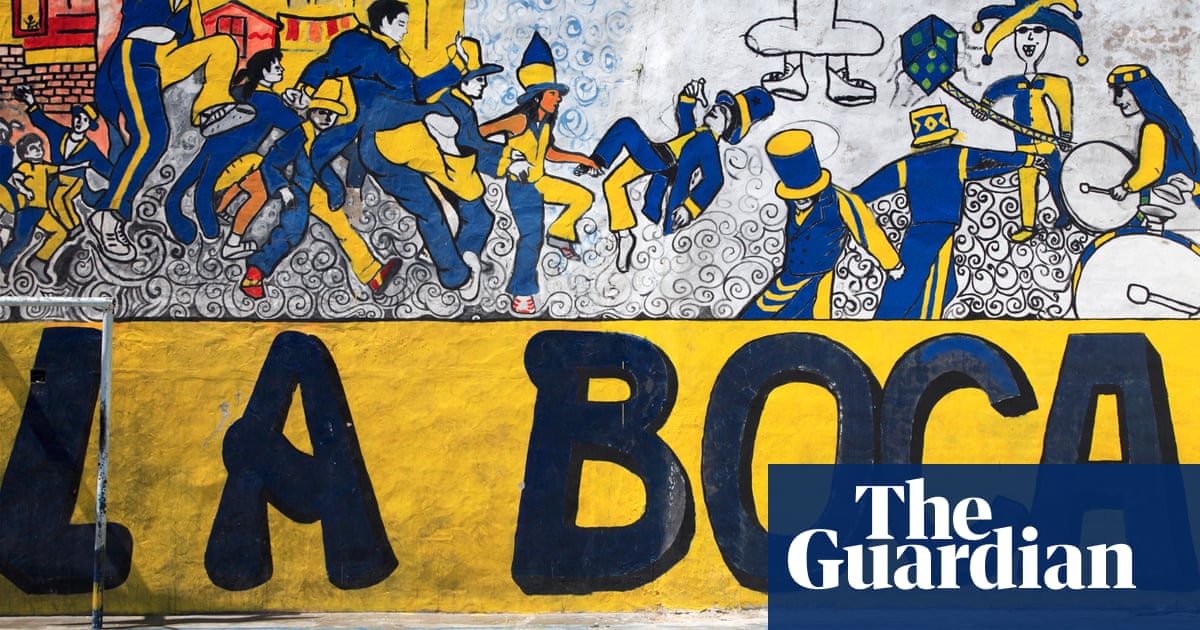Disir
Platinum Member
- Sep 30, 2011
- 28,003
- 9,607
- 910
On a central reservation in Puerto Madero, Buenos Aires’ youngest and least atmospheric neighbourhood, stands a strange-looking monument. It’s a twisted, abstract sculpture, in steel, that looks at first glance like the cooling fins from a motorbike engine. It is, in fact, an unfurled bandoneón (button accordion), the fiendishly difficult instrument of German origin that produces the unmistakeable sound of tango: a pained and plangent breath from a broken heart.
The composer, bandleader and musician who made the bandoneón globally famous was Astor Piazzolla, whose centennial in 2021 will be celebrated – or, at least, remembered – by players, dancers, singers and songwriters the world over. “His fingers move about that instrument as though they were snakes,” said jazz legend Gerry Mulligan. For his part, Piazzolla said the button accordion had “a velvet sound, a religious sound”. He was the high priest of that religion.
Piazzolla’s one-time collaborator, the poet Horacio Ferrer, called Buenos Aires a “tangopolis”. He meant that, from the radio soundtrack during a taxi ride to the psychodramas of everyday life to the way people walk and talk, tango left an indelible mark on the city and its people. Does this mean that the tango city can be seen by the virtual visitor? Well, yes, but you have to squint somewhat to penetrate beyond the facades of the modern metropolis and – I’d suggest – plug in a song or two on your earbuds to help you visualise the ghosts of the tango era.

 www.theguardian.com
www.theguardian.com
This is cool. I want to go.
The composer, bandleader and musician who made the bandoneón globally famous was Astor Piazzolla, whose centennial in 2021 will be celebrated – or, at least, remembered – by players, dancers, singers and songwriters the world over. “His fingers move about that instrument as though they were snakes,” said jazz legend Gerry Mulligan. For his part, Piazzolla said the button accordion had “a velvet sound, a religious sound”. He was the high priest of that religion.
Piazzolla’s one-time collaborator, the poet Horacio Ferrer, called Buenos Aires a “tangopolis”. He meant that, from the radio soundtrack during a taxi ride to the psychodramas of everyday life to the way people walk and talk, tango left an indelible mark on the city and its people. Does this mean that the tango city can be seen by the virtual visitor? Well, yes, but you have to squint somewhat to penetrate beyond the facades of the modern metropolis and – I’d suggest – plug in a song or two on your earbuds to help you visualise the ghosts of the tango era.

Tour of tangopolis: a dance through the rhythms of Buenos Aires
This week marks the centenary of Astor Piazzolla, tango’s revolutionary – and the city is filled with the sights and sounds of his music if you know where to look
This is cool. I want to go.
